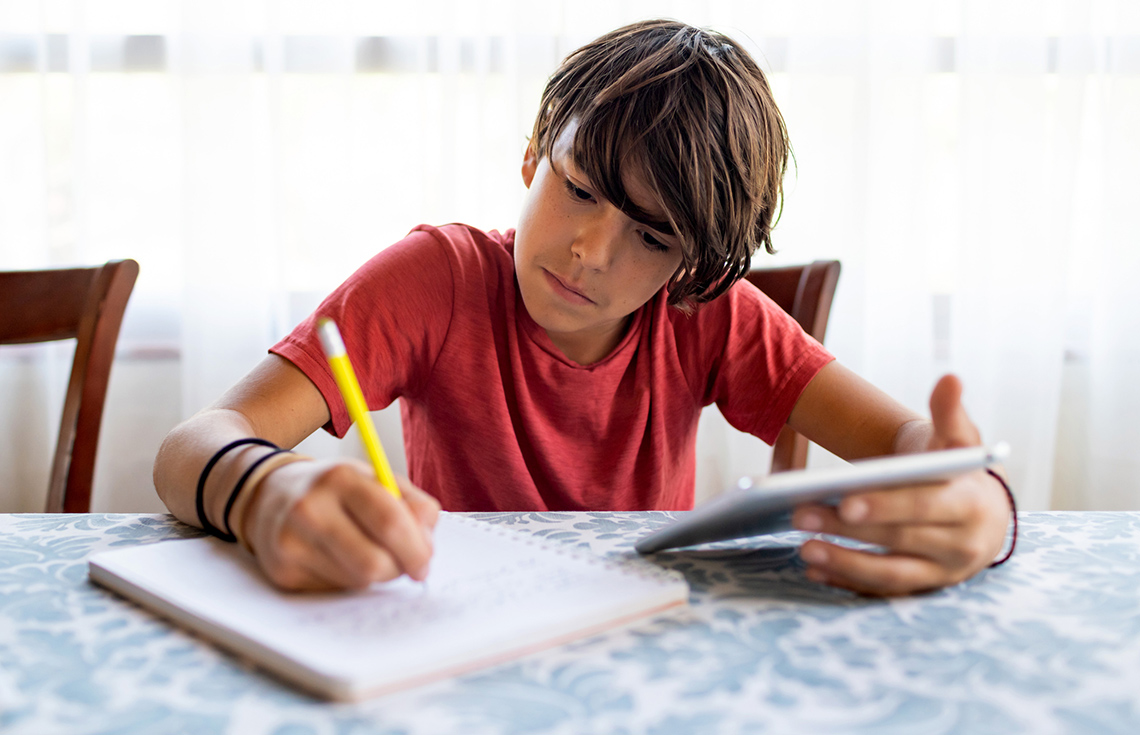Minds On
Comparing
What is the difference between fiction and nonfiction texts?
Press ‘Hint’ to reveal the difference.
Fiction texts: texts that involve imaginary characters, events, and places.
Nonfiction texts: texts that involve real people, events, and places.
Compare and contrast the elements of fiction and nonfiction texts. What types of texts blend both fiction and nonfiction elements?
Complete the Venn Diagram in your notebook or by using the following fillable and printable document. You can also record your ideas using another method of your choice.
Press the ‘Activity’ button to access the Venn Diagram.

Action
Genres of fiction texts
A genre is a category of literature that is identified by style, form, and content. Brainstorm as many genres of fiction texts as you can think of. Record your ideas using a method of your choice.
Press ‘Fiction Genres’ to discover the genres of fiction.
| Classic | Comic | Graphic novel |
| Crime | Detective | Fable |
| Fairytale | Fanfiction | Fantasy |
| Forklore | Historical fiction | Humour |
| Horror | Short Story | Realistic fiction |
| Legend | Metafiction | Mystery |
| Science fiction | Tall tale | Suspense |
| Thriller | Fiction narrative | Fiction in verse |
| Mythology | Poetry |
Next, brainstorm as many genres of nonfiction texts as you can think of. Again, record your ideas using a method of your choice.
Press ‘Nonfiction Genres’ to discover the genres of nonfiction.
- autobiography (author writing to inform about their own life)
- biography (author writing to inform about the life of someone else)
- expository (facts, information, and details about a topic – can be an article, book, podcast, journal)
- informative nonfiction (textbooks, articles – includes diagrams, charts, graphs – newspaper, magazine, website, flyer, periodical)
- narrative nonfiction (true story about real people, events or animals) - current or historical (book, article, journal, textbook)
Comparing and contrasting

Select a fiction and nonfiction text on the same topic. For example, if your topic of choice is skating, explore a fiction text about skating and a nonfiction text about skating.
Use a T-chart, the template below, or a method of your choice to compare the two texts and their elements.
You can copy the Fiction and Nonfiction Comparing and Contrasting Chart in your notebook or use the following fillable and printable document.
Press the ‘Activity’ button to access Fiction and Nonfiction Comparing and Contrasting Chart.
Let’s reflect
Use the following questions to reflect on your fiction and nonfiction comparison:
- What clues in the text helped you to determine whether it was a fiction or nonfiction text?
- Did you prefer to explore the fiction or nonfiction version of this topic? Why?
- Which text gave you more information about the topic? Why?
- Which text would help others understand the topic better? Why?
Record your responses using a method of your choice. If possible, discuss your thoughts with a partner.
Consolidation
Independent task

How might the elements in different texts influence the reading materials we select? Return to the comparison of the fiction and nonfiction book pair that you selected. Use the details you observed to explore how two books about the same topic can have different purposes.
Then, select a presentation format (poster, storyboard, audio or video recording, etc.) to share the purpose of fiction vs. nonfiction texts as well as the characteristics of each genre.
Your comparison can include:
- The characteristic elements of each text (e.g., cover page, font, headings, illustrations, table of contents, etc.)
- The information shared
- A purpose or variety of purposes for reading each text
Reflection
As you read the following descriptions, select the one that best describes your current understanding of the learning in this activity. Press the corresponding button once you have made your choice.
I feel...
Now, expand on your ideas by recording your thoughts using a voice recorder, speech-to-text, or writing tool.
When you review your notes on this learning activity later, reflect on whether you would select a different description based on your further review of the material in this learning activity.